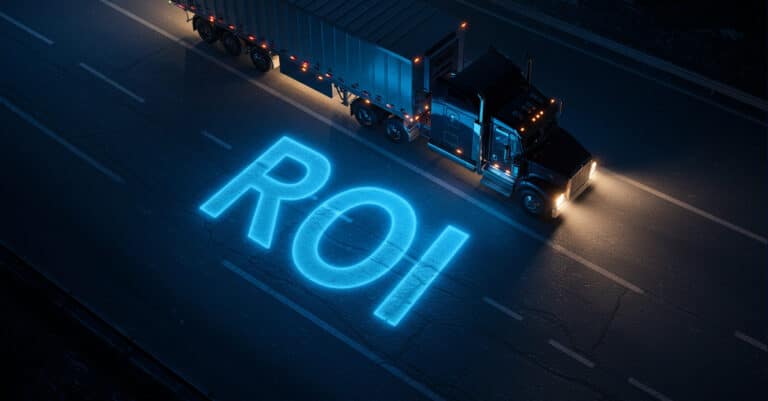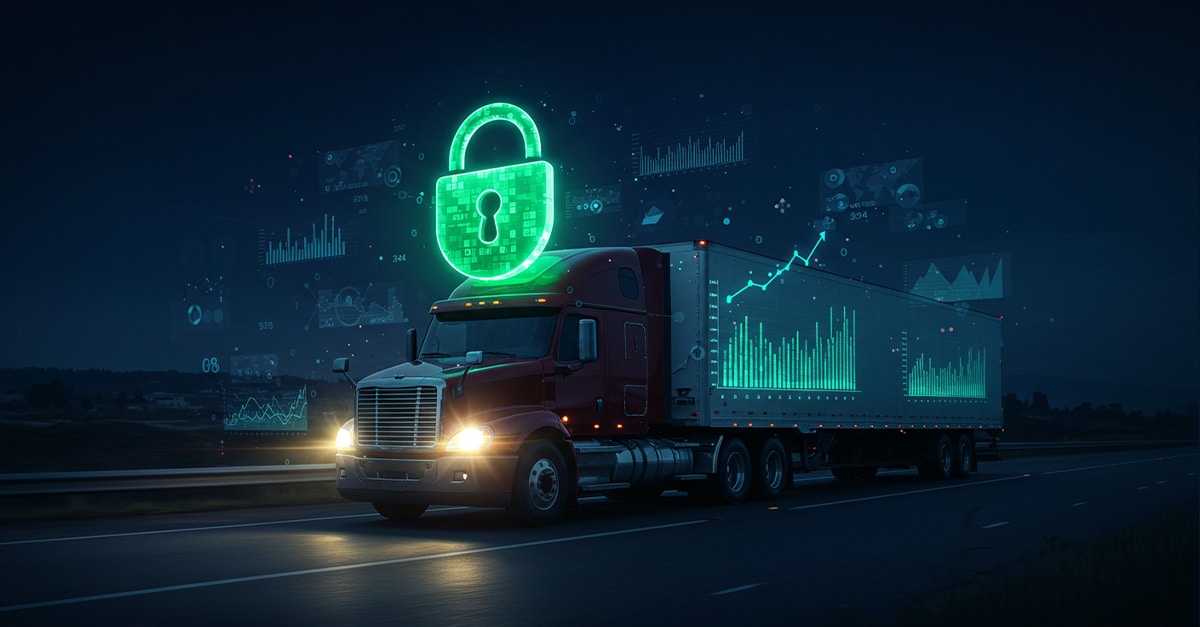With summer starting to heat up, firms have started taking different supply chain precautions due to the approaching warm weather. Due to higher temperatures, many perishable goods, such as food, medicines, flowers, or beverages, must be carried in a temperature-controlled environment. While trying to put a summer shipping strategy in place can be stressful, working with a group of logistics experts makes the process more efficient and helps choose the best course of action for the supply chain.
Shipping volumes will rise as the season products add up. Therefore, understanding seasonal peaks and planning appropriately, like with many other company functions, will be essential to managing costs year-round.
The industry prioritizes innovative, disruptive technology to preserve goods during summer shipping. Every year, 200 million tonnes of food perish and spoil before being sold in areas without adequate cold chains. Here, the delicate balance between time and temperature is crucial.
Smart Sensors
Smart Sensors are one of the most often employed examples. Businesses are exploring Smart Sensor Radio Frequency Identification technology to track and react to temperature changes during transit. These sensors make it possible to provide customers with quality assurance across the supply chain. For specific industries, these sensors can help evaluate regulatory compliance. In the long term, businesses may supply risk information in the packaging and across carriers using the data gathered by sensors.
These smart sensors can be integrated with Software-as-a-Service (SaaS) services for cold chain logistics real-time monitoring. The SaaS program can deliver alerts via SMS, calls, and app notifications when the temperature exceeds the predetermined thresholds.
Sustainable Solar Cold Chains
It is difficult for cold chain logistics to become sustainable since it requires a variety of refrigerants and uses excessive amounts of energy to store temperature-sensitive goods. Innovative solutions are needed to strike the correct balance between the energy-intensive cold chain and environmental challenges.
Solar energy is becoming a viable option for meeting the demands of food and medical product storage and delivery demands. Even in hot areas with little to no electricity, businesses have developed cutting-edge strategies, solutions, policies, and programs that help store, monitor, and transport cold chain items at optimum temperatures. Solar direct-drive freezers represent the second generation of solar energy-based solutions. Photovoltaic panels store their generated electricity as ice to offer cooling when there is no electricity. Perishable commodities are transported and stored in these solar-powered cold container rooms.
Intelligent Third-Party Logistics (3PL)
A cold chain involves complicated logistics requiring strict temperature control and significant energy usage. Many businesses find owning and running refrigerated fleets challenging, primarily because of cost considerations. They are thus employing 3PL companies to outsource portions of the distribution, storage, and fulfillment processes. The repetitive nature of these jobs is particularly advantageous for Internet of Things (IoT) and artificial intelligence (AI) firms wanting to offer 3PL solutions.
These 3PLs provide manufacturing enterprises low-cost access to resources like warehouse spaces and a transportation fleet. Manufacturers, suppliers, and logistics companies may outsource cold chain processes using a digital platform. Integrated IoT cloud technology also allows real-time tracking and monitoring of goods.
Blockchains
The cold chain industry is aggressively investigating blockchain technology to assist with product origin, supply chain governance, and monitoring and tracing items. Blockchain technology offers the chance to reduce expenses and turn-around time during shipping and documentation while boosting transparency and confidence. It also leaves an indestructible trail for any future evidence. Such information automation and tracking can be crucial for many industries like the meat, poultry, and pharmaceutical industries, where record management and documentation can be a critical business process. A future-ready summer shipping supply chain will get an effective solution using blockchain technology.
Intelligent Packaging for Controlled Temperature
Several sectors are adopting eco-friendly packaging techniques to minimize waste and moving toward reusable containers. The packaging sector is continually developing to meet the strict requirements of cold chain logistics. Companies are seeking pallets much more resistant to damage during transit and packaging with more robust insulating materials.
Today there are options for refrigerated reusable, constantly trackable thermal containers. Such containers intend to keep items like pharmaceuticals and biologicals at a constant temperature for up to 96 hours. Similarly, there are cold pallets and thermal protection blankets to counteract the impacts of highly arid circumstances.
If you are looking for great Collaborative TMS solutions that integrate easily, Turvo is the right partner. Turvo provides the world’s leading Collaborative TMS application for the supply chain. Turvo connects people and organizations, allowing shippers, logistics providers, and carriers to unite their supply chains, deliver outstanding customer experiences, collaborate in real-time, and accelerate growth. The technology unifies all systems, internal and external, providing one end-to-end solution to execute all operations and analytics while eliminating redundant manual tasks and automating business processes. Turvo’s customers include some of the world’s most considerable Fortune 500 logistics service providers, shippers, and freight brokers. Turvo is based in the San Francisco Bay Area with offices in Dallas, Texas, and Hyderabad, India.









